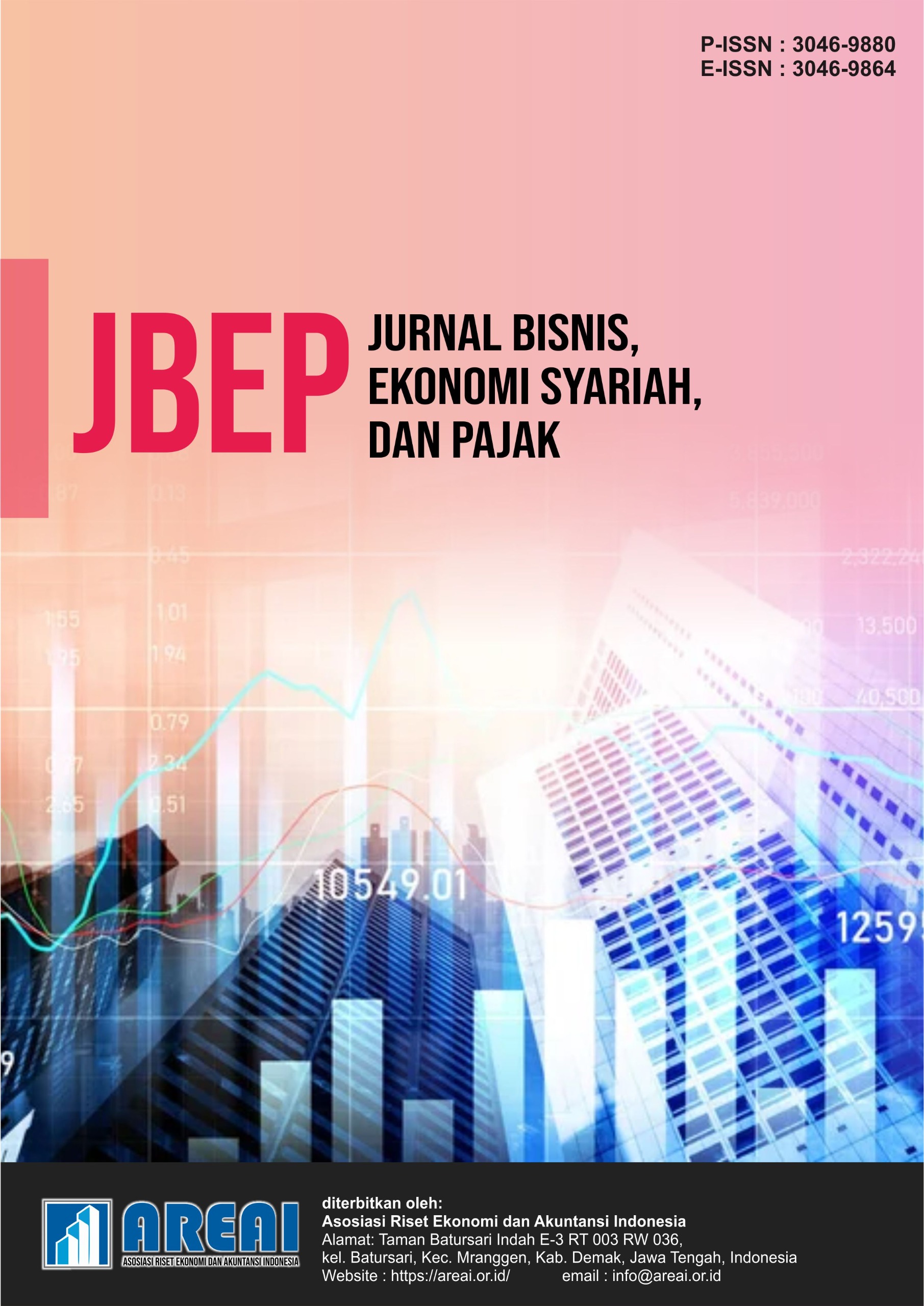Dampak QRIS terhadap Kedaulatan Digital Indonesia dan Hubungan Perdagangan Internasional
DOI:
https://doi.org/10.61132/jbep.v2i2.1032Keywords:
Digital Transformation, QRIS, economic stabilityAbstract
QRIS (Quick Response Code Indonesian Standard) is a national digital payment innovation launched by Bank Indonesia to strengthen Indonesia’s digital and economic sovereignty. By integrating various payment platforms into a single QR code standard, QRIS simplifies domestic transactions—especially for Micro, Small, and Medium Enterprises (MSMEs)—while reinforcing state control over financial infrastructure and data flows. This policy reduces reliance on international payment networks such as Visa and Mastercard, which previously dominated digital transactions and stored data abroad. On a global scale, QRIS functions as a tool of digital economic diplomacy through cross-border payment initiatives like ASEAN Pay, enabling Indonesia to expand its influence in the global digital payment ecosystem. However, the United States has criticized QRIS, arguing that it restricts access for foreign companies and poses a barrier to trade. In response, the Indonesian government asserts that QRIS is designed to protect national interests while promoting fair international collaboration. This study employs a normative juridical and descriptive qualitative approach to analyze QRIS-related regulations, its impact on digital sovereignty, and its implications for international trade relations. Secondary data is sourced from literature studies and official documents. The findings reveal that QRIS plays a vital role in accelerating MSME digital transformation, enhancing financial inclusion, and strengthening Indonesia’s bargaining position in global digital finance. Ultimately, QRIS stands not only as a transaction tool but also as a strategic symbol of Indonesia’s digital independence and competitiveness in the international financial landscape.
Downloads
References
Aksoy, L., Buell, R. W., & Laurell, C. (2019). Customer experience quality in digital financial services. Journal of Service Management, 30(4), 543–563. https://doi.org/10.1108/JOSM-10-2018-0305
Arner, D. W., Barberis, J., & Buckley, R. P. (2017). Fintech and regtech: Impact on regulators and banks. Journal of Banking Regulation, 19, 1–14. https://doi.org/10.1057/s41261-017-0030-1
ASEAN Secretariat. (2022). ASEAN financial integration report. ASEAN Secretariat.
Bank for International Settlements. (2024). Cross-border interlinking of fast payment systems. BIS.
Bank Indonesia. (2023). Blueprint Sistem Pembayaran Indonesia 2025. Bank Indonesia.
Boonsaner, S. (2021). Adoption and impact of QR code payment systems in Thailand: A case study of PromptPay. Journal of Payments Strategy & Systems, 15(3), 260–275.
de Luna Martínez, J., & Vicente, C. (2012). Who benefits from financial inclusion? (MicroReport No. 17). Consultative Group to Assist the Poor.
Dhakiri, H. (2025). Digital sovereignty and national payment systems: The case of Indonesia’s QRIS. Journal of Digital Economy, 12(1), 45–62. https://doi.org/10.1234/jde.2025.12.1.45
FitzGerald, R., & Spagnolo, G. (2021). Digital sovereignty and regulation in the EU: Lessons for ASEAN. Journal of European Integration, 43(7), 879–894. https://doi.org/10.1080/07036337.2021.1930027
Guo, L., & Bouwman, H. (2016). Analyzing the evolution of mobile payment adoption: A Leavitt’s Diamond perspective. Telematics and Informatics, 33(1), 34–47. https://doi.org/10.1016/j.tele.2015.05.004
Hasan, R. (2022). Mobile payment adoption by MSMEs in Indonesia: Opportunities and challenges. Indonesian Journal of Business and Technology, 8(2), 120–135.
Klapper, L., Lusardi, A., & van Oudheusden, P. (2017). Financial literacy around the world: Insights from the Standard & Poor’s Ratings Services Global Financial Literacy Survey. Journal of Pension Economics and Finance, 16(4), 369–374. https://doi.org/10.1017/S1474747217000448
Lee, I., & Shin, Y. J. (2018). Fintech: Ecosystem, business models, investment decisions, and challenges. Business Horizons, 61(1), 35–46. https://doi.org/10.1016/j.bushor.2017.09.003
Mallat, N. (2007). Exploring consumer adoption of mobile payments – Findings from a qualitative study. Journal of Strategic Information Systems, 16(4), 413–432. https://doi.org/10.1016/j.jsis.2007.08.001
Molyneux, P., & Shamroukh, N. (2018). Regulation in FinTech: Risks and challenges. Journal of Financial Regulation and Compliance, 26(2), 187–203. https://doi.org/10.1108/JFRC-08-2017-0068
Nguyen, H. T., & Arik, M. (2020). Drivers of mobile payment adoption: A comparative perspective in Vietnam and Thailand. International Journal of Information Management, 50, 163–175. https://doi.org/10.1016/j.ijinfomgt.2019.04.013
Otoritas Jasa Keuangan. (2024). Laporan inklusi keuangan dan transformasi digital UMKM di Indonesia. OJK.
Ozili, P. K. (2020). Digital finance, financial inclusion and income inequality. Review of Development Finance, 10(1), 68–75. https://doi.org/10.1016/j.rdf.2019.100194
Tan, M., & Teo, H. H. (2000). Factors influencing the adoption of Internet banking. Journal of the Association for Information Systems, 1(1), Article 5. https://doi.org/10.17705/1jais.00005
United States Trade Representative. (2025). National Trade Estimate Report on Foreign Trade Barriers. USTR.
World Bank. (2023). Digital financial inclusion in Southeast Asia: Opportunities and challenges. World Bank Publications.
World Economic Forum. (2023). The Global Risks Report 2023. World Economic Forum.
Yuliana, R., & Santoso, B. (2024). QRIS and cross-border payment integration in ASEAN: Implications for regional economic cooperation. ASEAN Economic Bulletin, 41(2), 150–170.
Downloads
Published
Issue
Section
License
Copyright (c) 2025 Jurnal Bisnis, Ekonomi Syariah, dan Pajak

This work is licensed under a Creative Commons Attribution-ShareAlike 4.0 International License.





